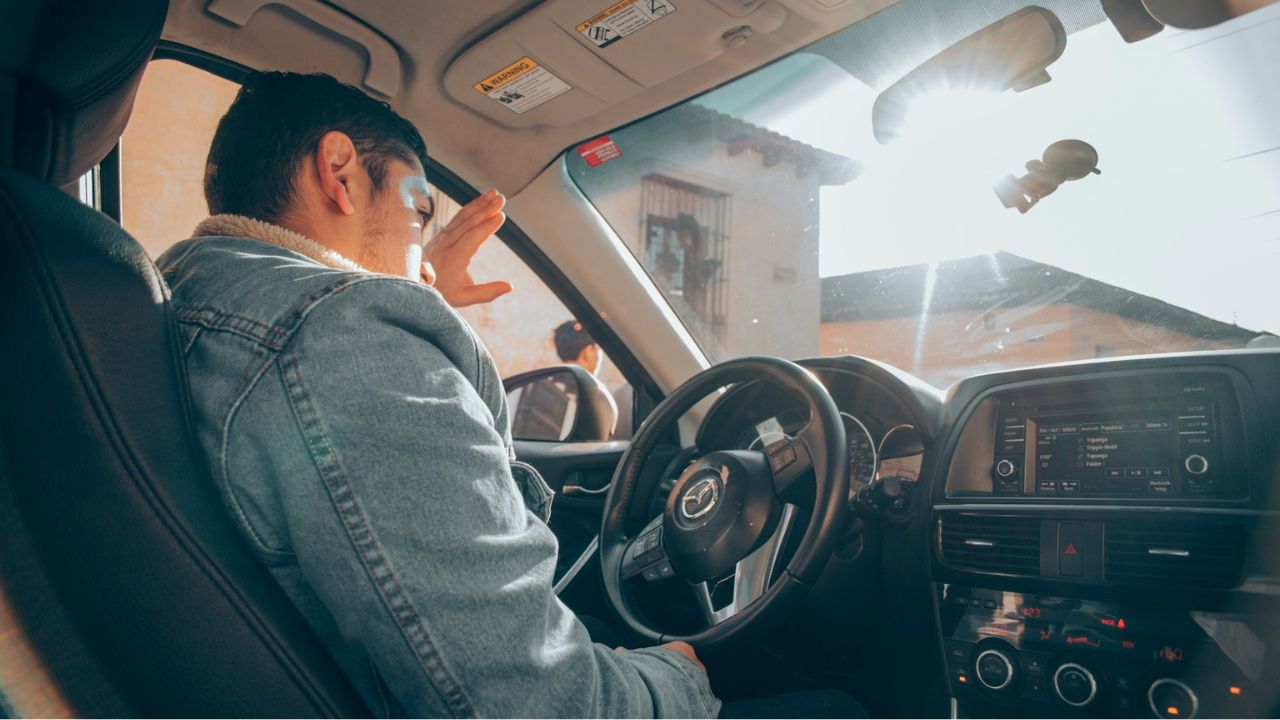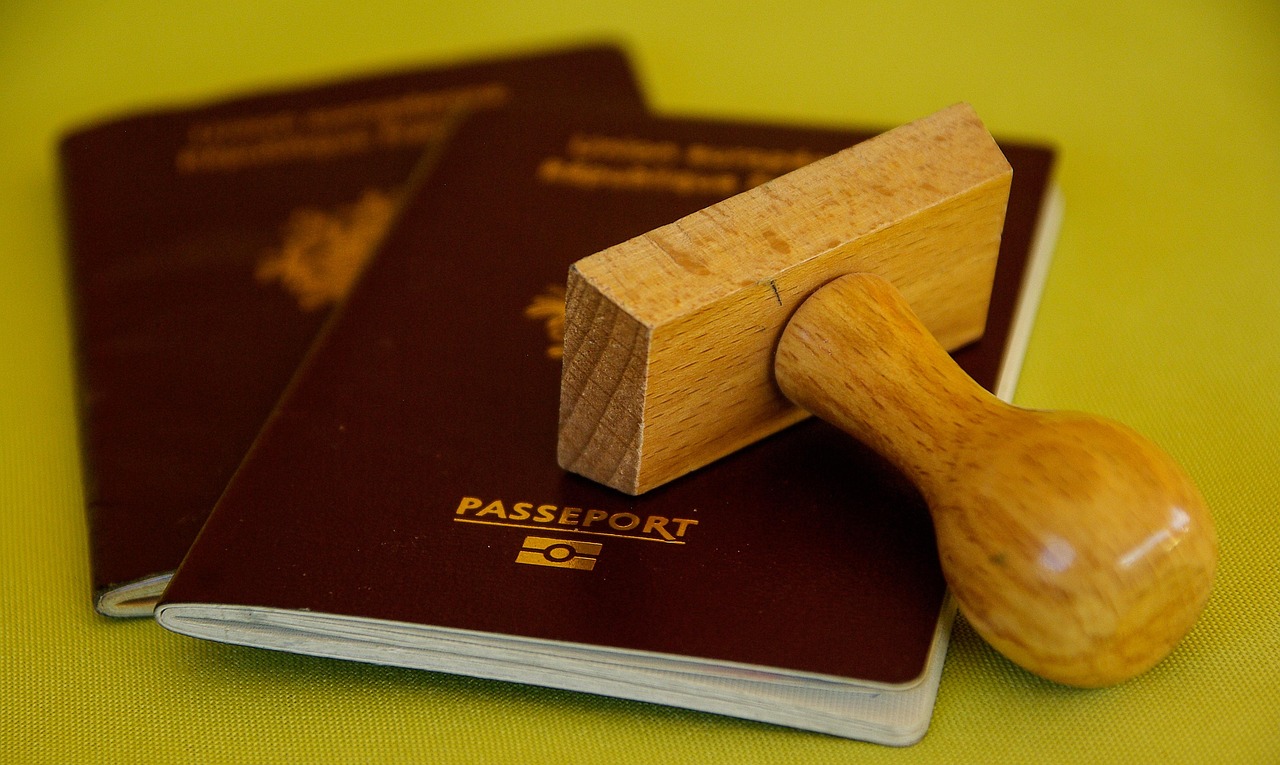Road rules go beyond speed limits and signals. Many states ban habits that seem harmless but raise crash risk or block responders. The items below appear in state codes or equipment rules, not just advice. Because laws differ, the safe move is to treat these as red flags everywhere and check your DMV before a road trip. When in doubt, slow down, stay visible, and leave space. Small choices, like an uncovered plate or missed lane change, can turn into real fines fast.
1. Texting or hand-held phone use at the wheel
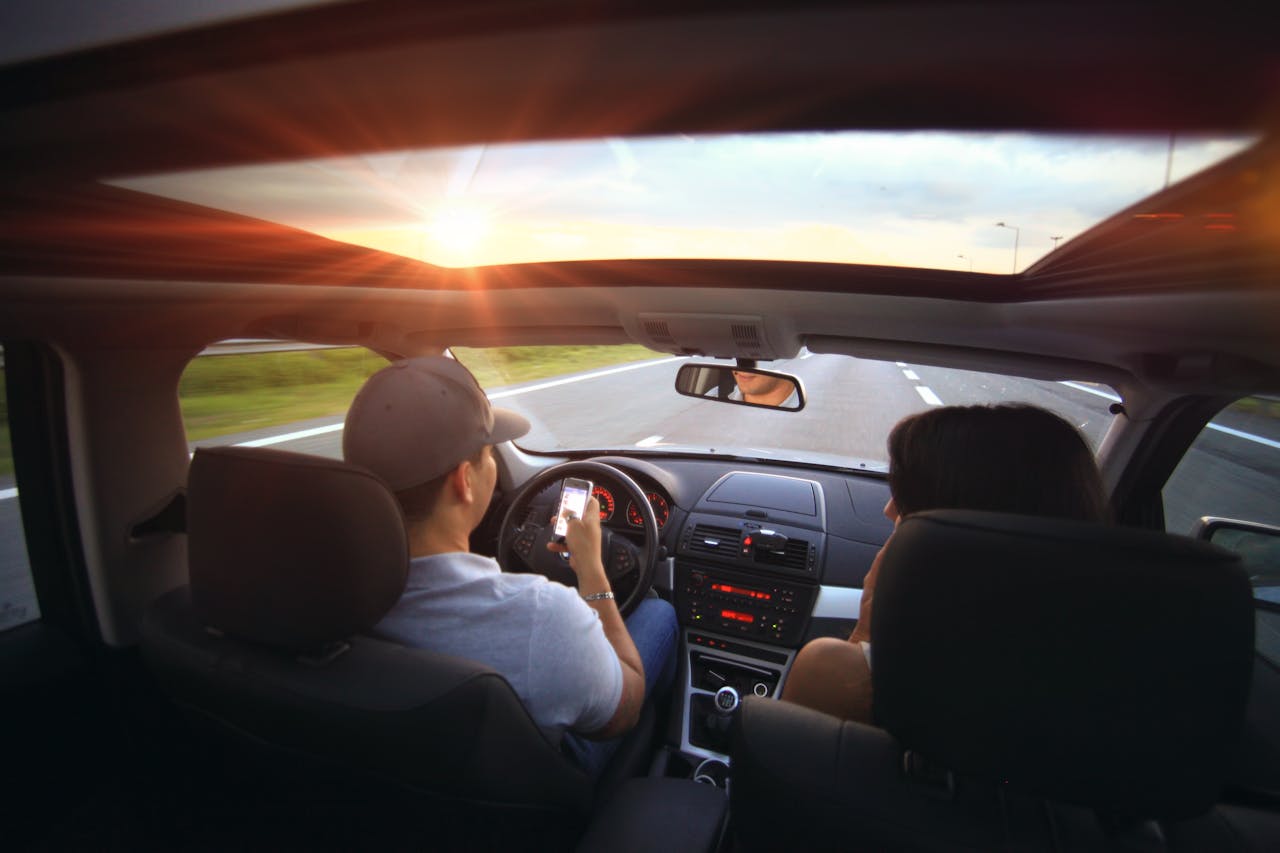
Most states ban typing or reading texts while driving, and many also forbid holding a phone at all, even at red lights. Police often treat a rolling phone check as distracted driving that delays reactions and swerves the car by inches. Teens face stricter rules in several states. If navigation is needed, mount the phone, start directions before moving, and use voice commands. Head-up displays or steering-wheel controls reduce temptation. The cleanest option is simple, eyes up and hands on.
2. Camping in the left lane

Left lanes are for passing, not cruising. Many states post keep right, pass left signs and fine drivers who linger and stack traffic behind them. Blocking the fast lane triggers tailgating, abrupt lane changes, and brake taps that ripple back into minor crashes. The safe pattern is pass quickly, signal, and slide right once clear. On multi-lane roads, stay one lane off the right only if heavy merging makes that safer. If someone approaches faster, yield the lane and reset.
3. Ignoring Move Over rules
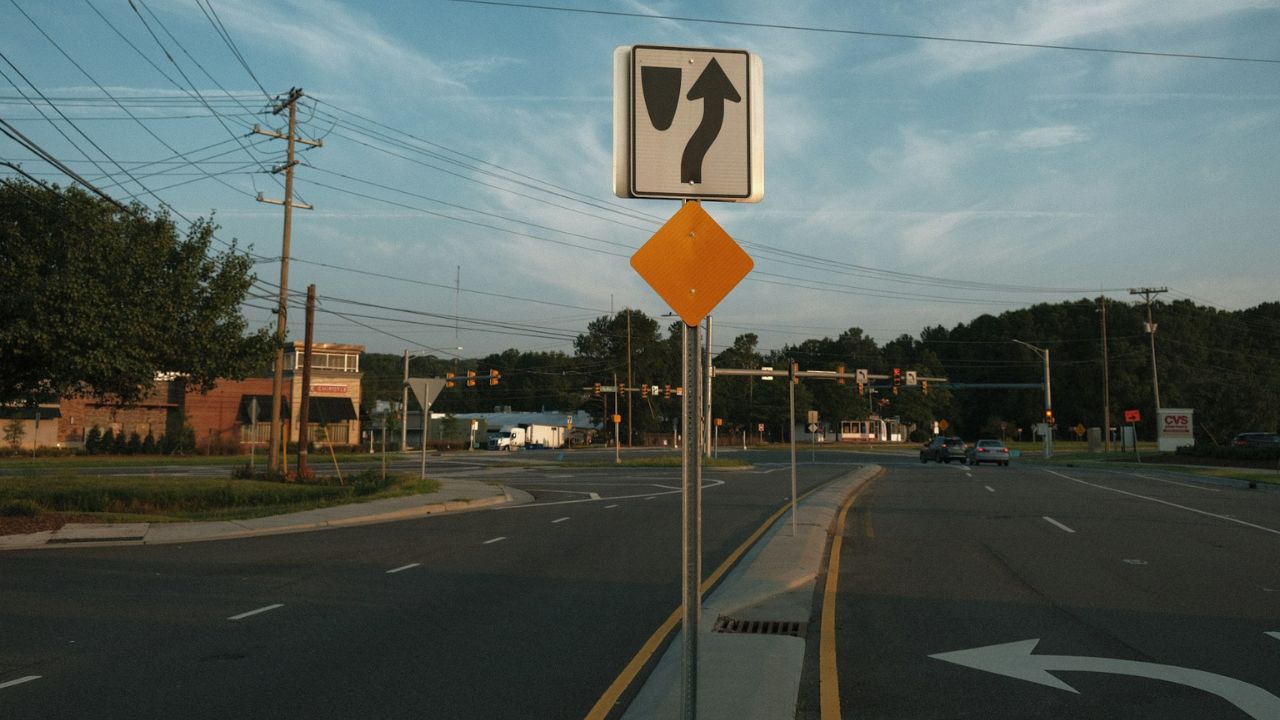
Move Over laws require a lane change, or a serious slow down when a lane change is not possible, for stopped emergency vehicles, tow trucks, utility fleets, and in many states any vehicle with hazards on. Cutting close endangers people working inches from traffic. Plan an early lane shift so you are not swerving at the last second. Night or rain doubles the risk because strobes distort depth. Treat every flashing light as a must-move moment, even on familiar routes near home.
4. Driving with snow or ice on your car
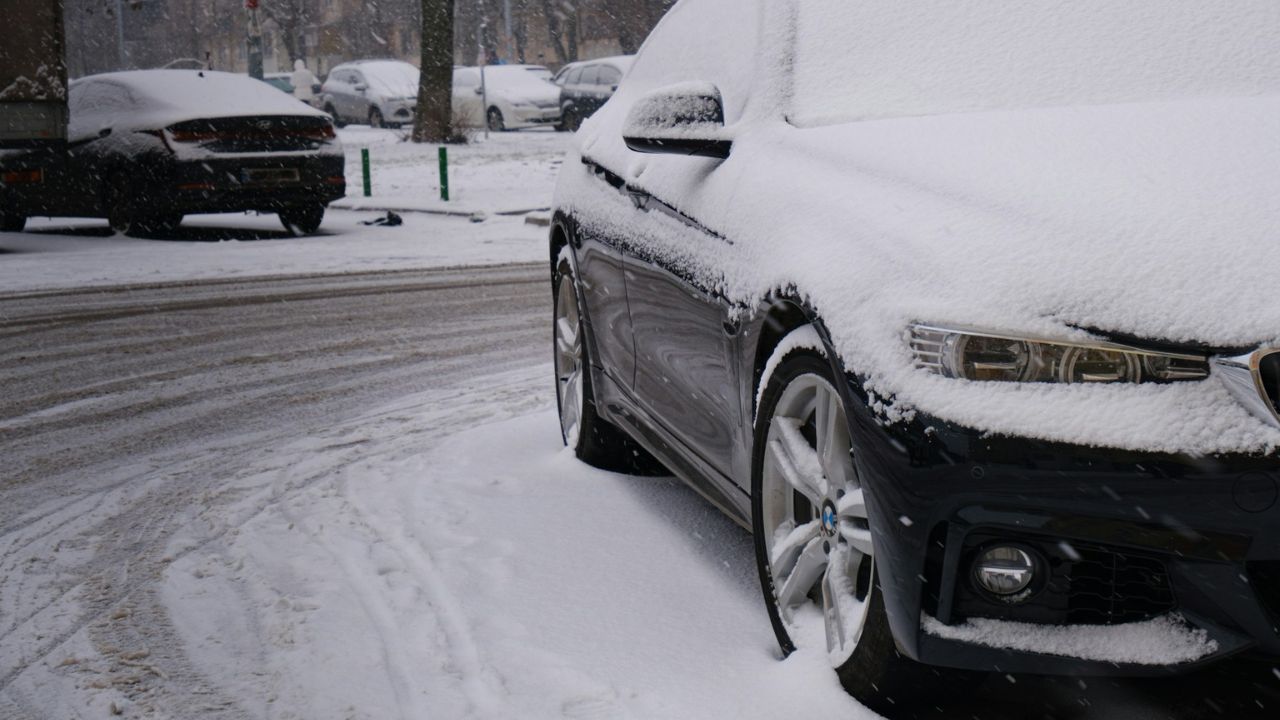
Several cold-weather states ticket drivers who fail to clear snow or ice from roofs, hoods, and lights. Sheets of ice can fly off at speed and smash windshields behind you, and covered lamps erase your brake signals. Clear the full roof, all windows, mirrors, cameras, and both plates before rolling. Warm up air on defrost while you brush, not after. If a storm keeps stacking snow, pull off safely and sweep again. A five minute cleanup beats liability for flying debris.
5. Window tint that is too dark or reflective
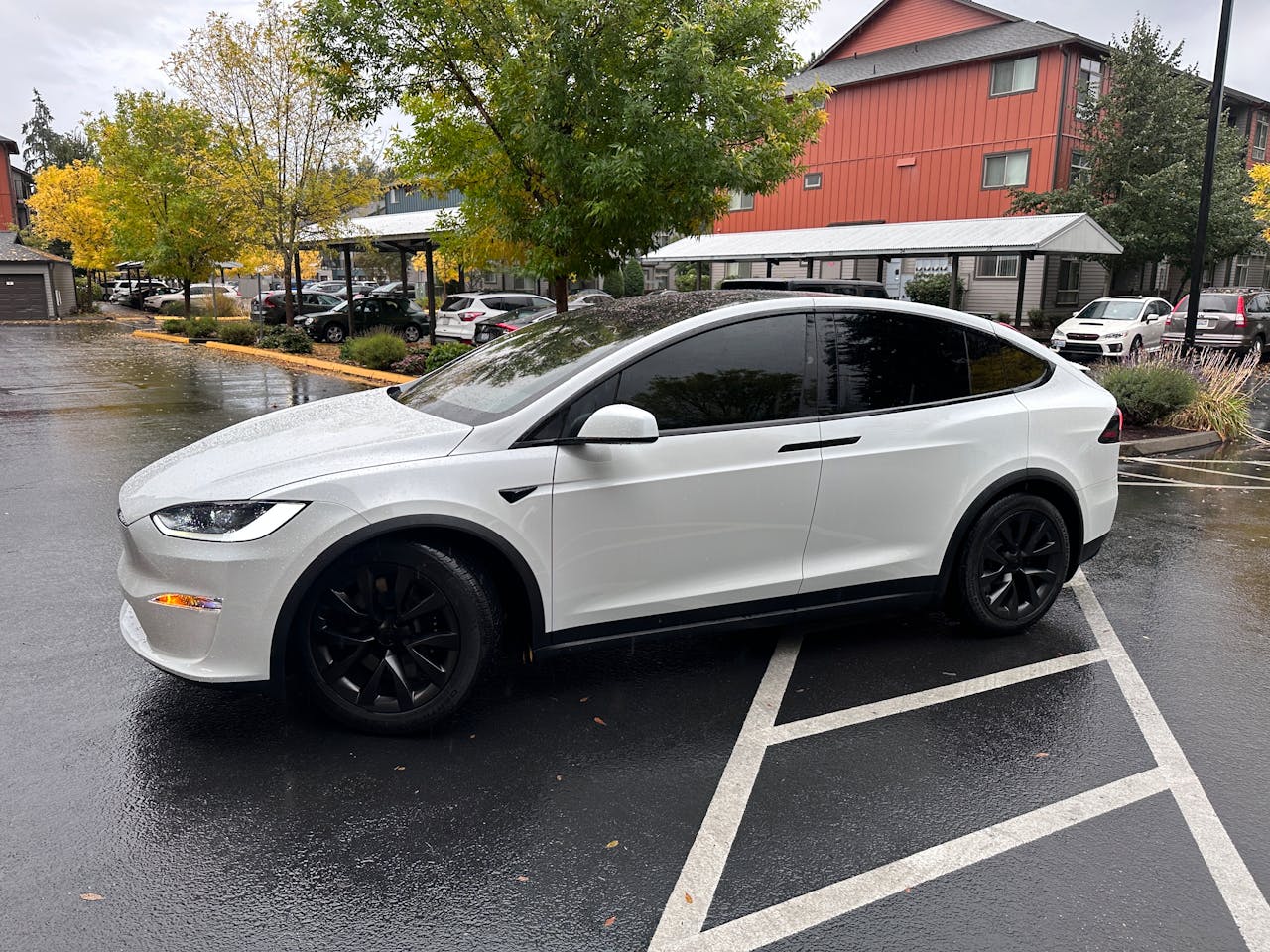
States set minimum visible light transmission for front side windows and often ban mirrored or colored films. Tints that look fine in a shop can test illegal at a roadside meter. Dark fronts hide eye contact with pedestrians and block a trooper’s view inside during stops. Keep receipts for film specs, and choose legal shades for your state rather than a one-shade-fits-all kit. If you buy a used car, test the tint, since previous owners may have installed film that will not pass.
6. Loud exhausts and muffler deletes
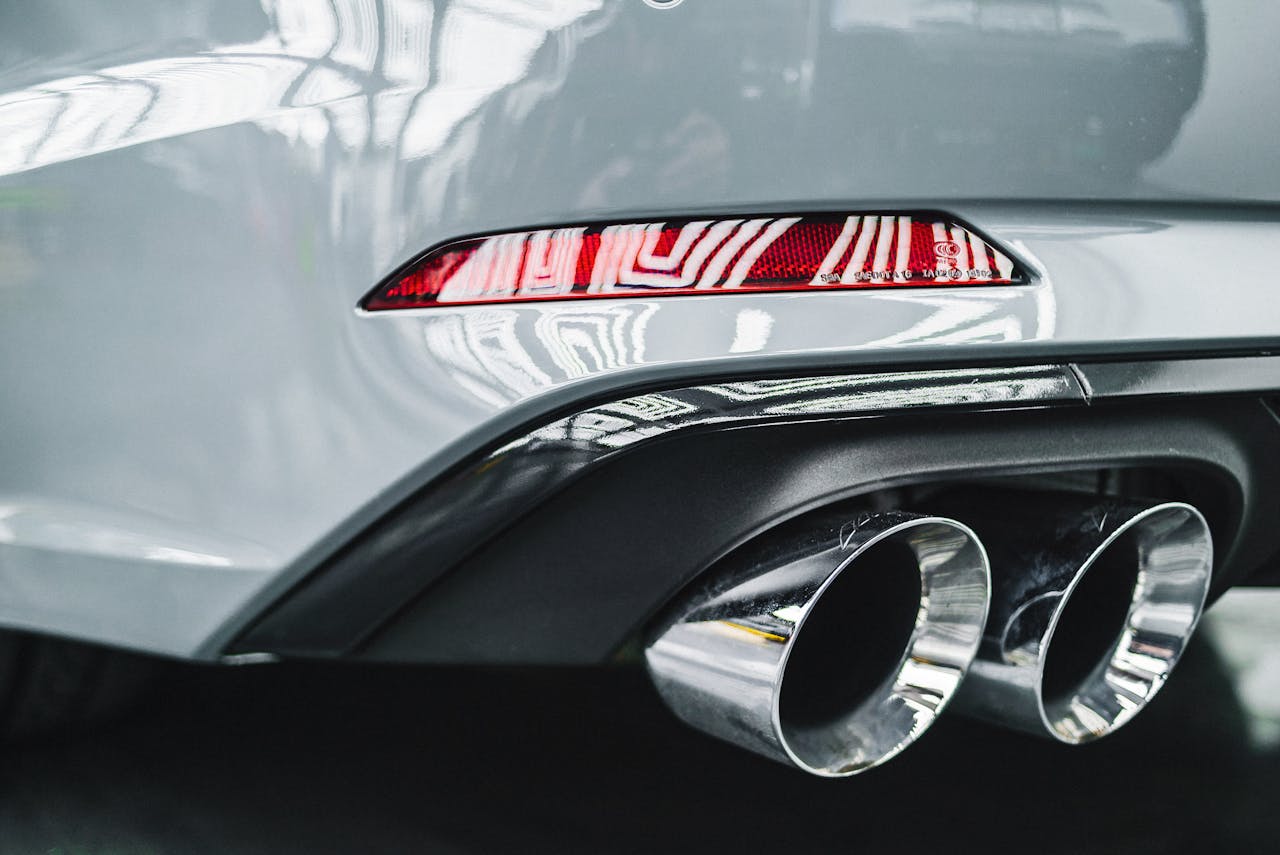
Equipment rules in many places require a functioning muffler and prohibit excessive or modified noise. Straight pipes, drilled baffles, or exhaust cutouts can earn tickets, especially at night or in quiet zones. Noise rules target sustained volume and sharp backfires that distract other drivers and pedestrians. If you upgrade, pick parts labeled for street use and keep proof of the model. A legal system can still sound sporty without crossing limits. Idling revs at lights invites attention you do not want.
7. Obscured or covered license plates
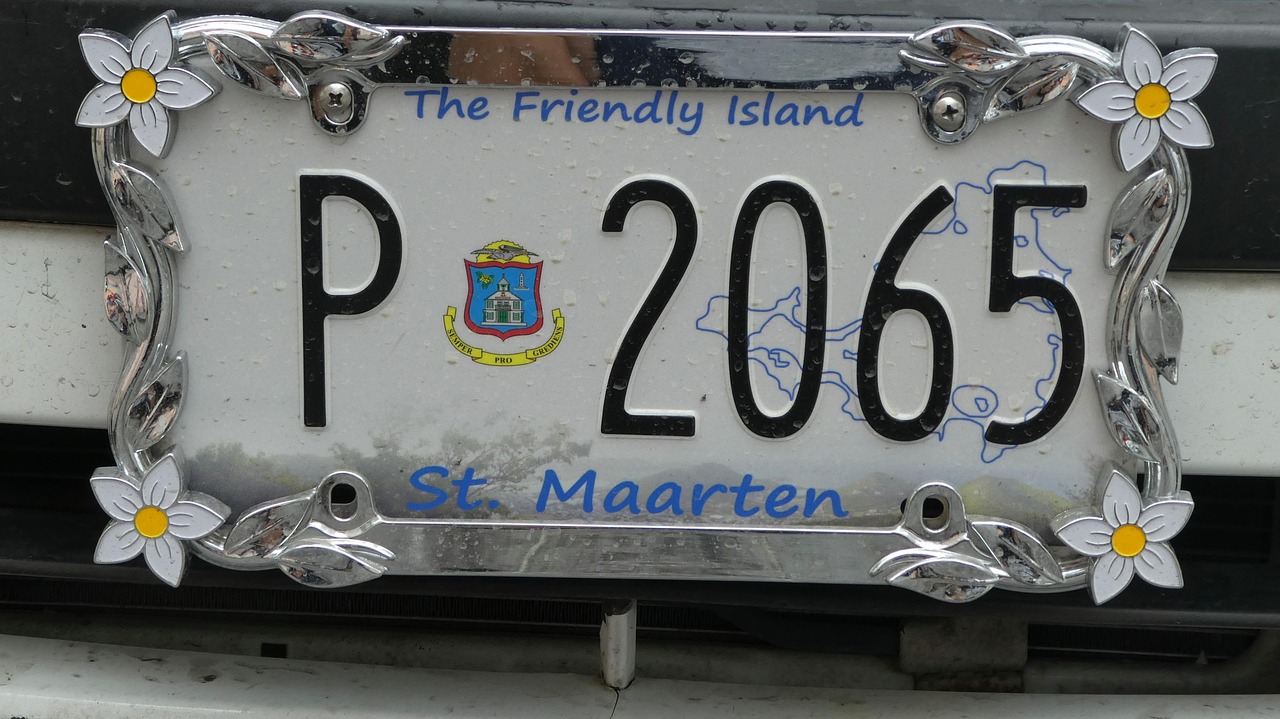
Covers, smoked frames, and even ring frames that block state names or registration stickers are illegal in many states. Automated toll and red-light cameras rely on clear plates, and so do patrol cars. Dirt and bike racks can also hide characters and lead to stops. Use a slim frame that shows the full plate, skip tinted shields, and wipe snow or mud off before leaving a lot. If a dealer installed a thick frame, swap it for a legal one before tickets start.
8. Passing a school bus with the stop arm out
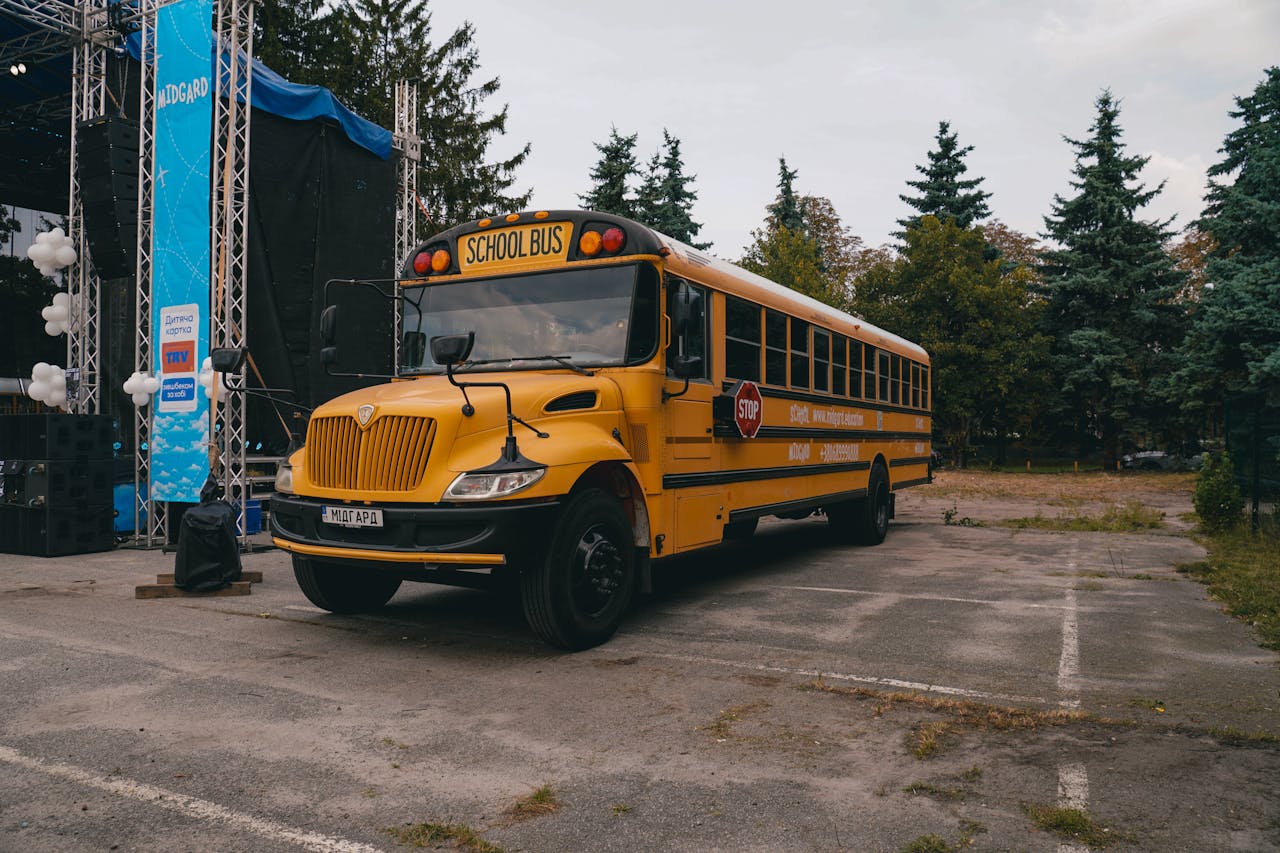
When a school bus extends its stop arm and flashes red lights, traffic in most directions must stop until the arm folds and lights stop. Violations carry heavy fines because kids cross near the bumper, not far ahead. Yellow lights mean prepare to stop, not punch it. In some divided-highway setups, only the same side must stop, but the safest habit is to brake early and watch for kids who run late. Give the bus space to merge back into flow.
9. Not yielding to pedestrians in crosswalks

Drivers must stop, not just slow, for people in marked crosswalks, and many states extend that rule to unmarked crosswalks at intersections. Turning on green does not erase the duty to yield. School zones and flashing beacons tighten the rule set even more. Make eye contact, roll to a full stop, and wait until the person reaches a safe buffer. At night or in rain, widen that gap. Blocking a crosswalk with your bumper counts as a violation in many cities.
10. Wearing headphones over both ears while driving
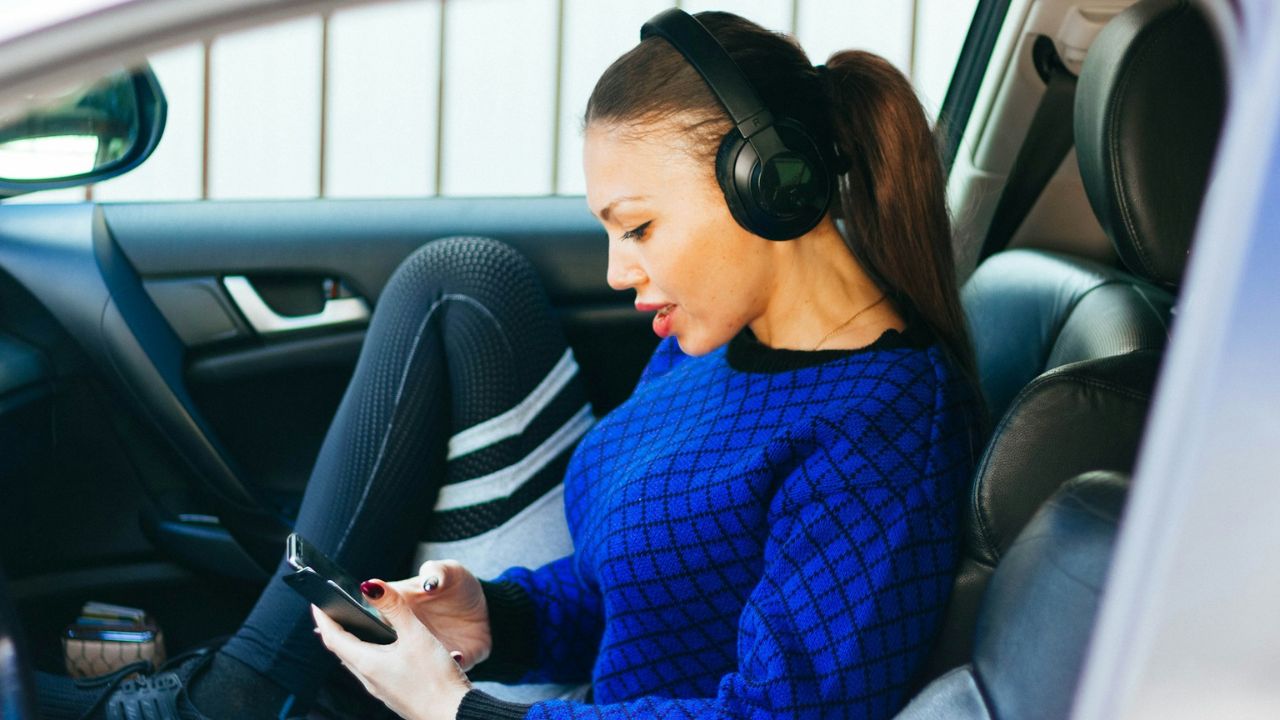
Several states ban covering both ears with headphones or earbuds while operating a vehicle, since sealed audio can block sirens, horns, or warnings from road workers. One ear open designs may be allowed. If you use calls for navigation or work, switch to the car’s system or a single-ear setup that keeps outside sound audible. Loud cabin music can also draw a nuisance ticket when it carries beyond the vehicle. The simple test is whether you can clearly hear approaching emergency vehicles.
